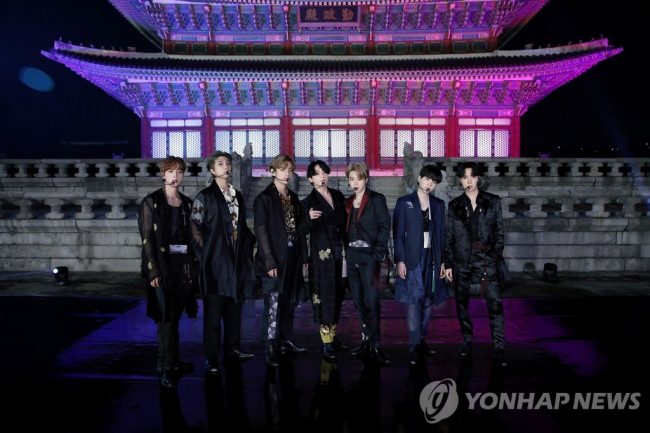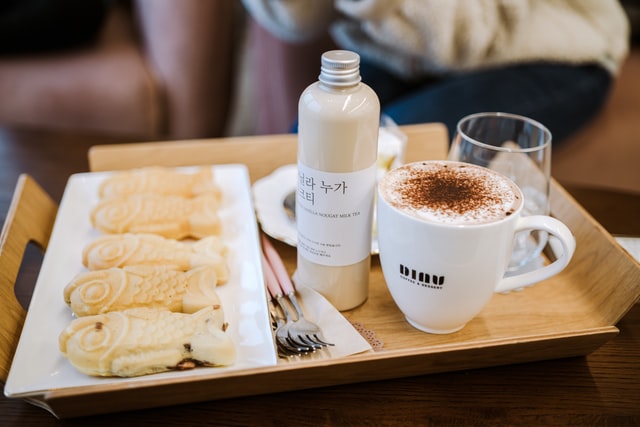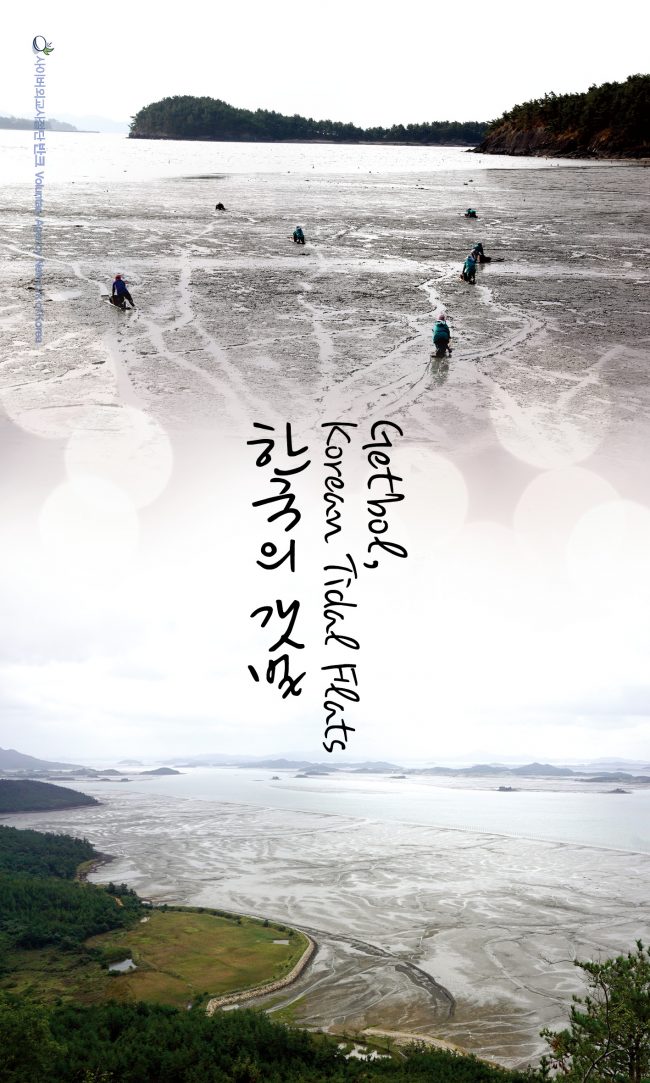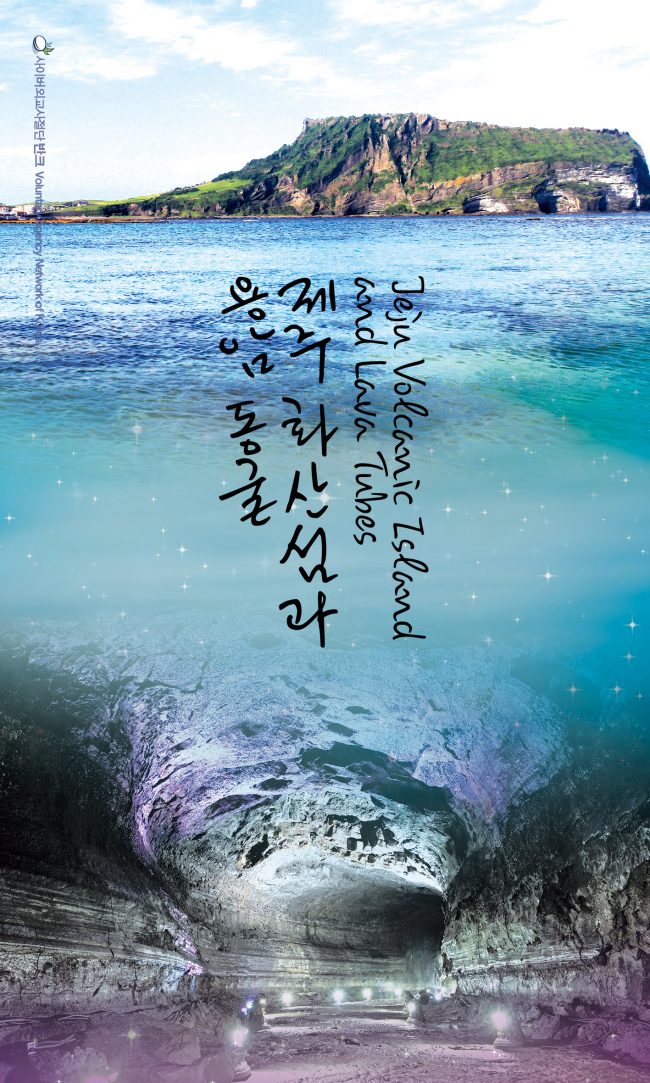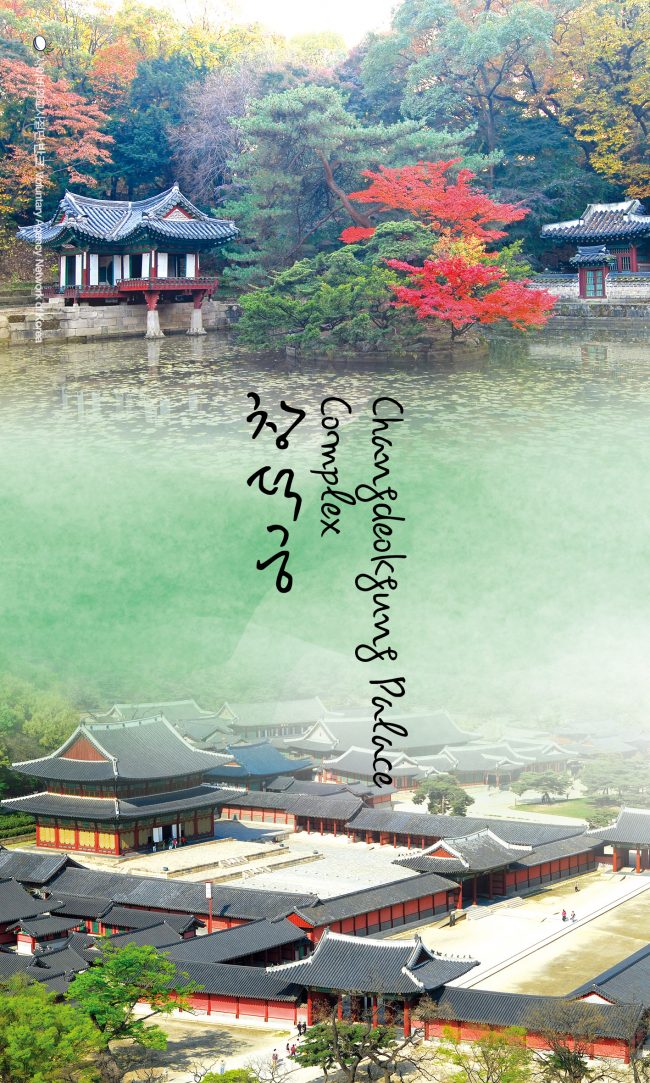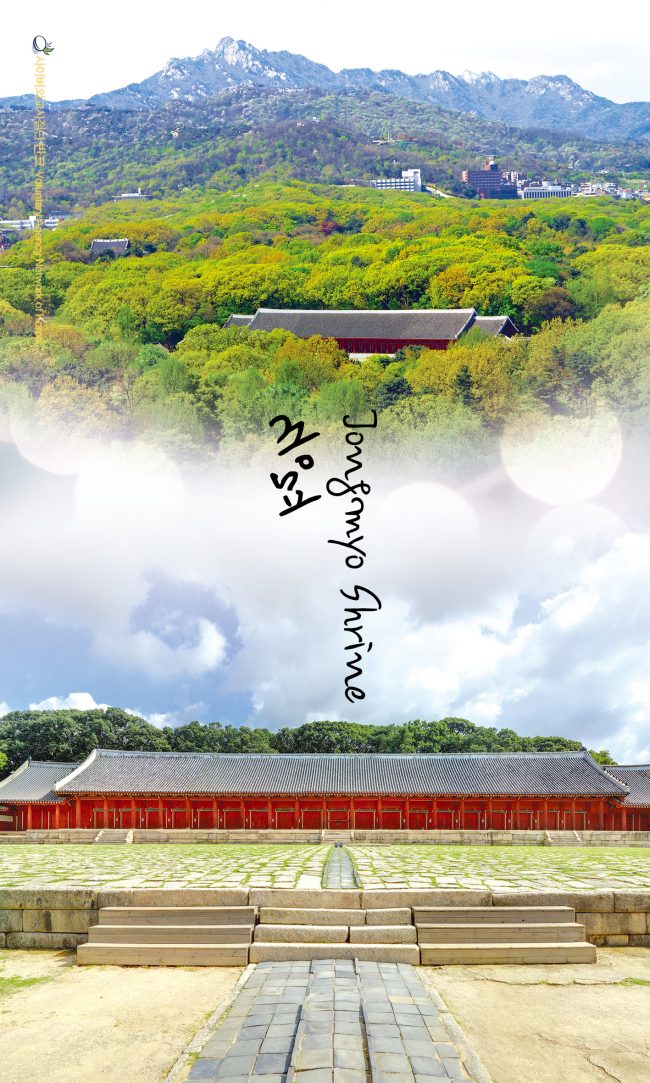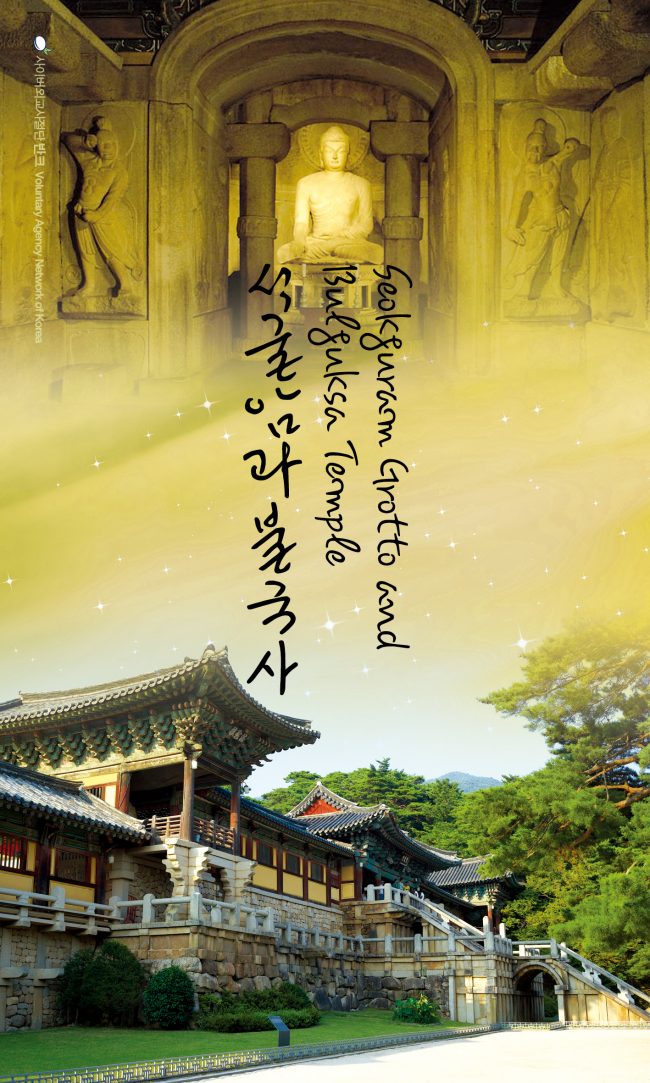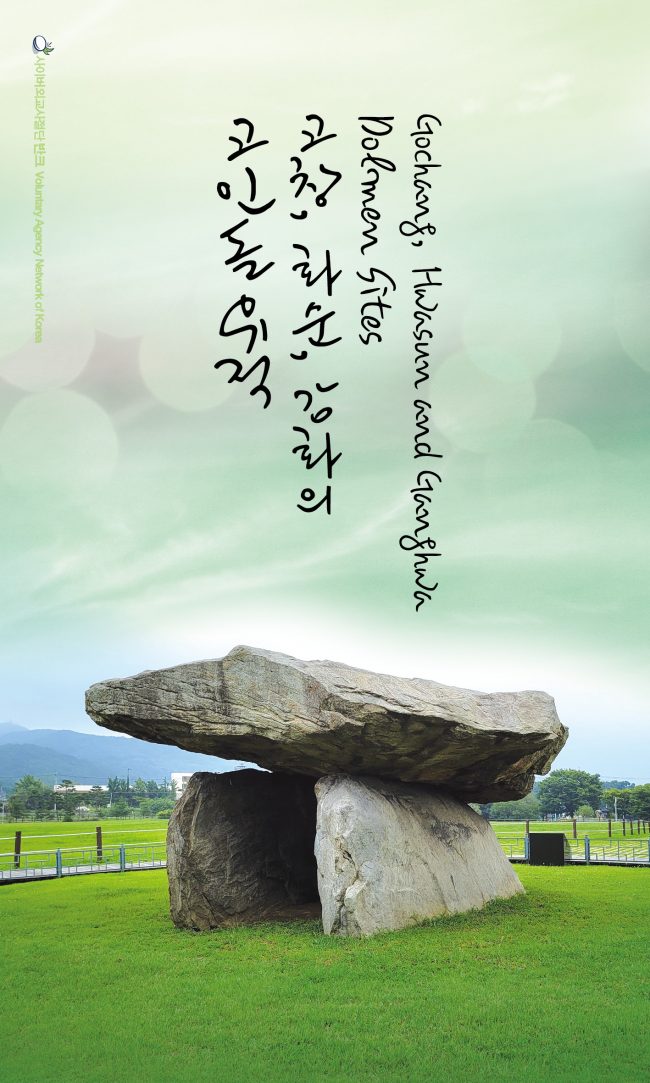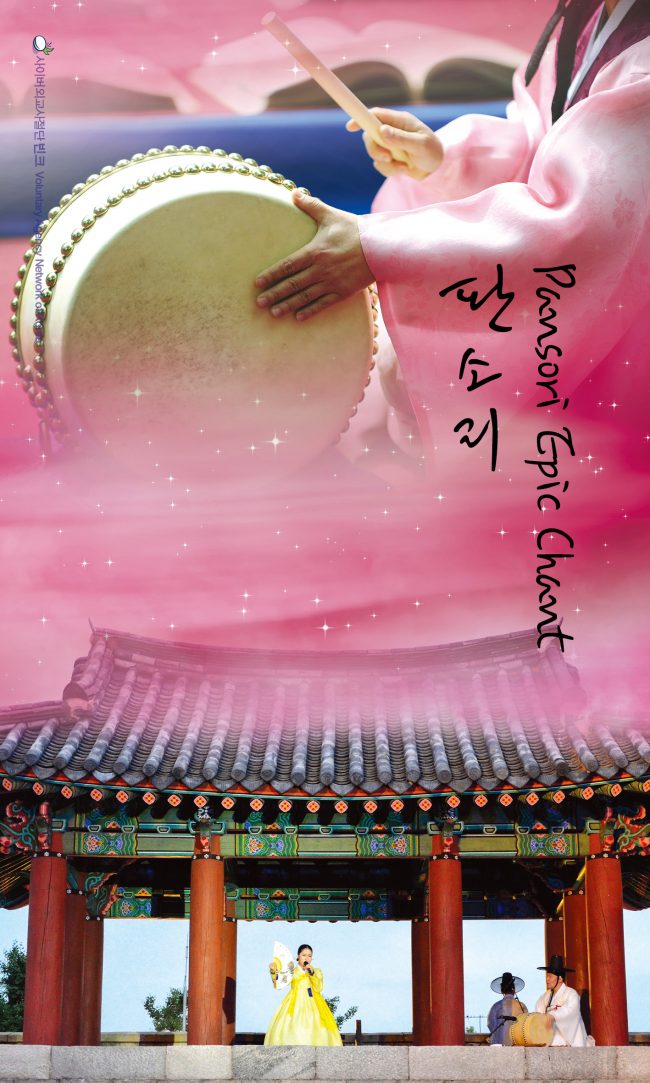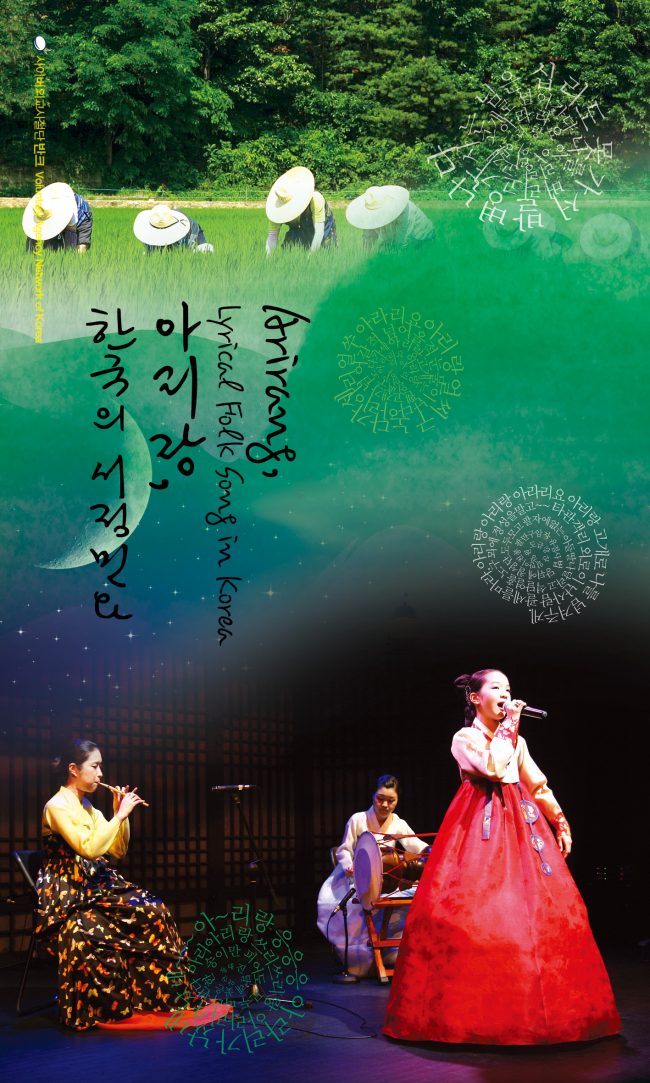Hanbok, how did it evolve?
In 2020, Korean idol group BTS made an appearance on The Tonight Show with Jimmy Fallon and took to the stage, framed by the night view of Gyeongbokgung, to perform their 2018 hit song Idol. A Korean group performing on the most popular talk show in America is a feat in itself, however, even more…
